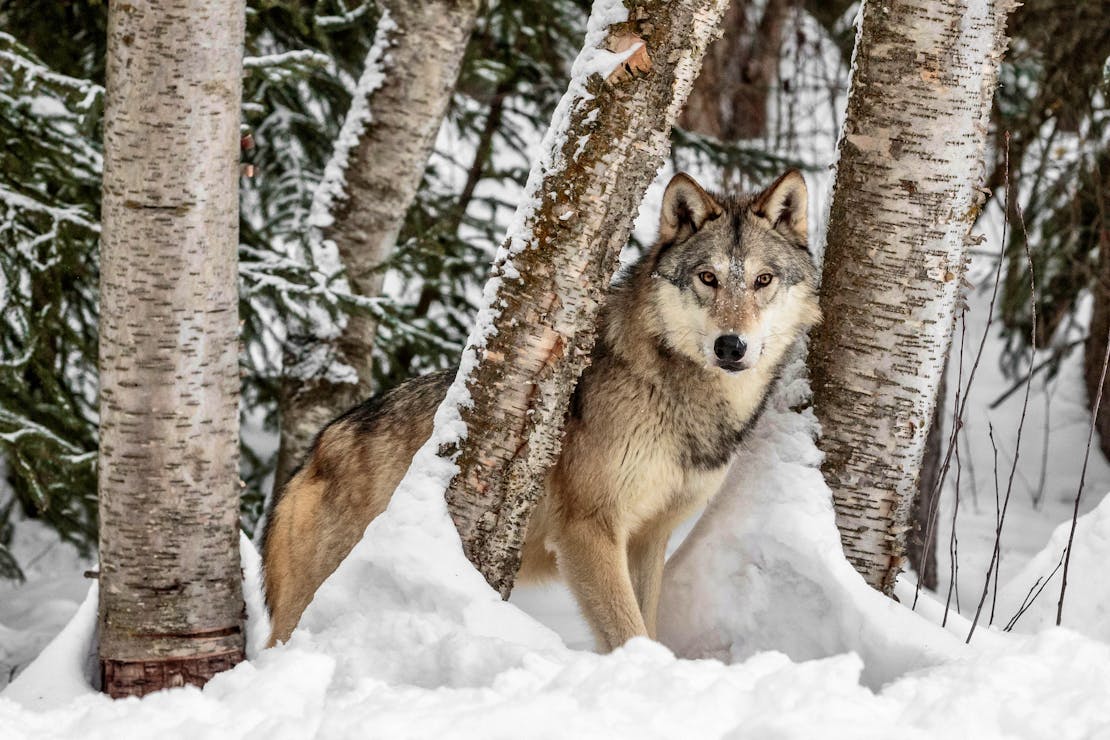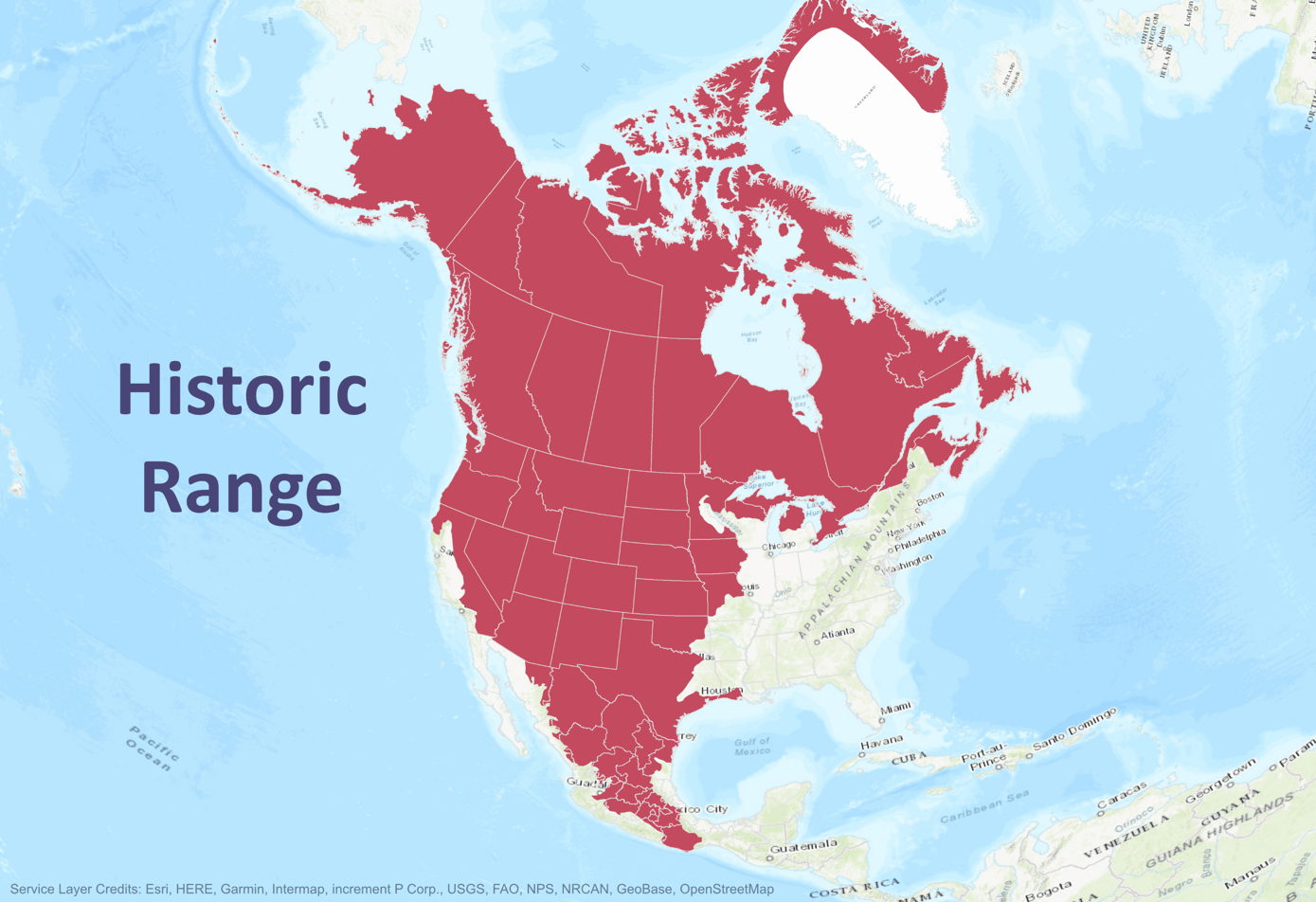Two years ago, Coloradans voted Proposition 114 to bring back the gray wolf, which will restore them to the best unoccupied habitat in the country and reconnect populations from Mexico to the Arctic.
Now, Colorado Parks and Wildlife finalized a Wolf Restoration and Management Plan after extensive input from stakeholders – including staff from Defenders of Wildlife. This milestone signals that, after nearly a century, wolves will return by the end of the year. Here’s what you need to know about the plan:
The Plan in a Nutshell
The Colorado Wolf Restoration and Management Plan follows a phased approach, releasing 30-50 wolves over the next three to five years from the northern Rockies. They will be released within two designated zones of ideal habitat, which are at least 60 miles from state or Tribal borders.
After striking public opposition, a final phase of the plan was removed that could have allowed Colorado Parks and Wildlife to reclassify wolves as a huntable game species.
Even though livestock losses to wolves are very rare, accounting for less than .01% in the northern Rockies, a pivotal component of wolf restoration will be how to manage conflicts that arise. These interactions will be managed on a case-by-case basis using education, non-lethal conflict prevention, lethal removal and compensation. Livestock producers will receive generous compensation, with up to $15,000 for each confirmed wolf depredation and additional claims for indirect losses.
What’s Missing?
The plan allows for downlisting and delisting of wolves from the state’s endangered species list based on population thresholds, but concerns remain about the minimum numbers required. Some biologists suggest higher thresholds would better ensure a thriving long-term population of wolves in Colorado, a driving goal of Proposition 114.
The Conflict Minimization Program within the plan, despite recommendations, falls short in detailing how the agency will work to prevent wolf-livestock interactions. Costs for non-lethal preventative measures are not reimbursed, posing challenges for ranchers who want to be proactive. By shifting the emphasis toward conflict prevention, ranchers would be equipped with the tools to avoid the unnecessary loss of livestock. The scope of this program, how it will be funded and how it will be made accessible to livestock producers is critical to the foundation of wolf management in Colorado for decades to come.
Moving Forward
Defenders of Wildlife, with 25 years of wolf conservation experience, will continue pioneering coexistence programs. While improvements are desired, Colorado’s plan stands as one of the most progressive and science-based in the country. Colorado Parks and Wildlife’s inclusive decision-making process and momentum towards wolf restoration are applauded. To bring back the wolf is a victory for humans and our planet. The mistake we originally made with the gray wolf was a big one, but our effort to correct that mistake is a beacon of hope.








